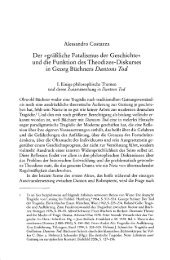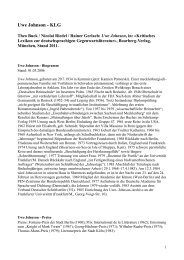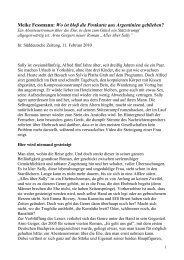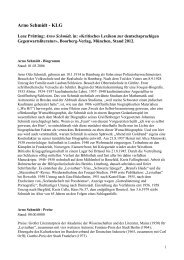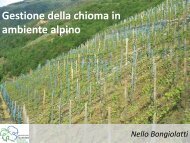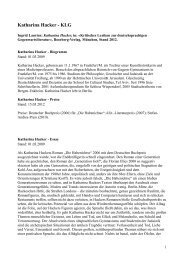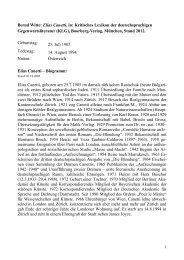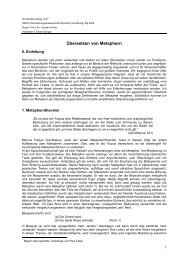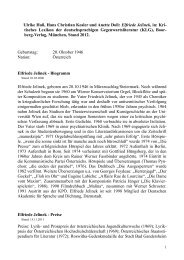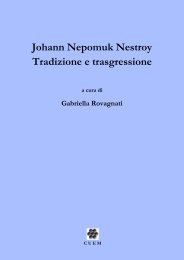Volume of Abstracts - Università degli Studi di Milano
Volume of Abstracts - Università degli Studi di Milano
Volume of Abstracts - Università degli Studi di Milano
You also want an ePaper? Increase the reach of your titles
YUMPU automatically turns print PDFs into web optimized ePapers that Google loves.
5 th Int. Workshop on Ice Caves (IWIC – V)<br />
Barzio (LC), Valsassina, Grigna and <strong>Milano</strong>, September 16 – 23, 2012<br />
<strong>Volume</strong> <strong>of</strong> <strong>Abstracts</strong><br />
INVESTIGATION OF ICE THICKNESS IN THE URALS CAVES USING<br />
GEORADAR<br />
Stepanov Y.I. 1 , Kichigin A.V. 1 & Tainitsky A.A. 1<br />
1 Mining Institute <strong>of</strong> Ural Branch <strong>of</strong> Russian Academy <strong>of</strong> Sciences, Russia (stepanov@mi-perm.ru)<br />
The staff <strong>of</strong> the Mining Institute has been studying caves <strong>of</strong> the Urals with<br />
perennial ice accumulations for some years. In February 2008, we used<br />
"Oko-M1" georadar to estimate the volume <strong>of</strong> such accumulations in the<br />
Kungur Ice Cave. The fin<strong>di</strong>ngs allowed us to estimate ice thickness and also<br />
develop the site model.<br />
Satisfactory experience <strong>of</strong> the georadar application enabled us to make<br />
conclusions about the possibility <strong>of</strong> more complete ice body geometry<br />
analysis in the Urals‟ caves with Ground Penetrating Radar.<br />
During 2010-2011 investigations in the Usvenskaya, Badyinskaya (Perm<br />
Region), Pobeda (Flying Dutchman glacier) and Askinskaya<br />
(Bashkortostan) Caves were carried out and the main geometrical<br />
characteristics <strong>of</strong> glaciers were stu<strong>di</strong>ed.<br />
The most ice thickness variation is noted in the Pobeda Cave, from a few<br />
centimeters to 11 m (at <strong>di</strong>electric permeability <strong>of</strong> ice ε=4). The glacier is<br />
characterized by a complex structure <strong>of</strong> bed with a ledge <strong>of</strong> about 4 m in<br />
height.<br />
The next in ice thickness is the Badyinskaya Ice Cave, where depth marks<br />
range from several centimeters to 4 m (at <strong>di</strong>electric permeability <strong>of</strong> ice<br />
ε=3.5).<br />
In the Askinskaya Cave, ice thickness increases evenly from the <strong>di</strong>stant<br />
part to its entrance from 0 to 0.5 m (at <strong>di</strong>electric permeability <strong>of</strong> ice ε=4).<br />
Near the entrance we registered a sharp increase <strong>of</strong> “ice-rock” boundary<br />
depth in the form <strong>of</strong> clough that extends from entrance to the western wall<br />
(from 1.5 to 2 m) en<strong>di</strong>ng with a wall opening covered by a stalagmite. The<br />
maps <strong>of</strong> ice thickness and a 3-D glacier model were constructed based on<br />
the investigation as well as approximate volume <strong>of</strong> ice (without stalagmites<br />
ice) was estimated.<br />
In the Usvinskaya Cave, ice thickness is about 20 cm. Radagrams are<br />
characterized by poor quality that is caused by presence <strong>of</strong> numerous<br />
inclusions in the glacier body (rock fragments, wood garbage, etc.).<br />
Thus, the study gave information about ice body geometry in some Ural<br />
caves.<br />
22




